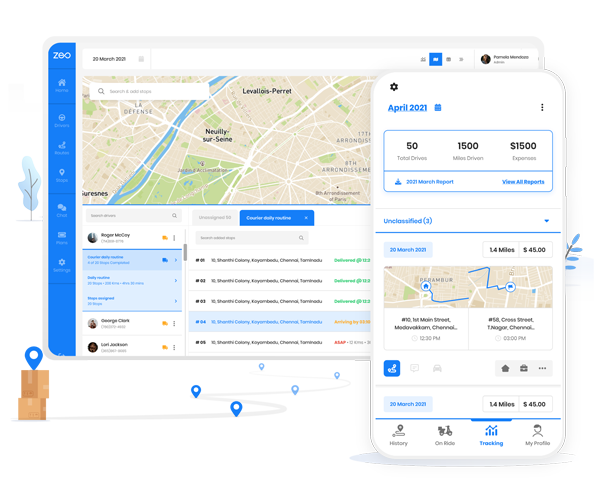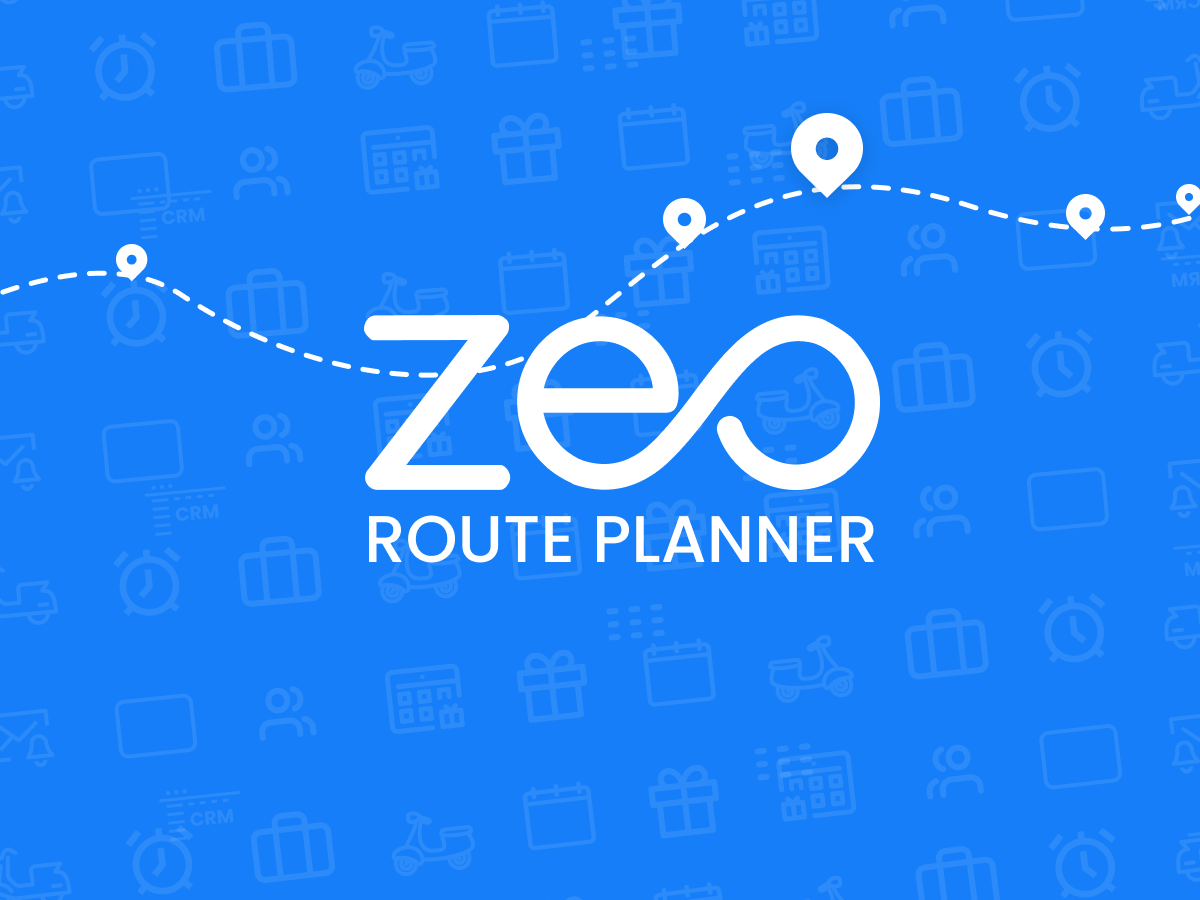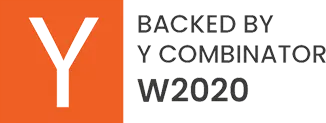With thousands of big and small products to stock, organize, and sell – how does a grocery store make money and stay profitable?
The answer is – shelf management.
Efficient shelf management can be the difference between a successful grocery store and a store that’s struggling to survive.
In this blog we’ll cover, what is shelf management, the benefits of shelf management, and 3 key strategies for efficient shelf management.
What is Shelf Management?
Shelf management in grocery stores refers to the process of organizing and optimizing the arrangement of products on store shelves. It’s done with the objective of maximizing sales, enhancing the shopping experience, and improving overall operational efficiency.
It involves the strategic placement and display of products in a visually appealing and customer-friendly manner.
Benefits of shelf management
Increasing sales & profits: Optimized product placement and strategic visibility help in striking the right balance between sales and profits.
Inventory efficiency: By closely monitoring product sales, shelf availability, and consumer demand, store owners can make more accurate inventory forecasts, reduce stockouts, and prevent excessive inventory levels.
Maximizing space usage: Grocery stores can have high rental costs based on the location and size of the store. Shelf management ensures you get maximum revenue out of the available space.
Strategies for efficient shelf management
<Product Placement
Different strategies can be followed for the most effective placement of the products on the shelf.
- Eye-level placementThe products that are placed at the eye level of the customer have a higher probability of being purchased as compared to bottom or top shelves. Organize the products for which you want to increase the sales volume at the eye level so that it catches the customer’s attention first.
- Cross-merchandisingCross-merchandising means strategically placing complimentary products together to remind the customers of items they may have otherwise missed. It helps in creating a streamlined customer experience and increases the basket size. For example – Placing all the ingredients required to make salsa next to the Nachos shelf.
- Labels facing forwardThere’s no question that products placed with their labels facing forward toward the customer are visually appealing and have higher sales. It increases the impact of the shelf. Either your staff could be trained to keep checking the shelves and arrange the products facing forward or you could also invest in auto-facing systems to keep the shelves looking neat.
- SegmentingSegmenting by quality, color, type, price, etc. makes it easier for the customer to shop within a category. Segmenting the detergents by economy and premium will make it convenient for the customer to spot and pick the one as per their needs.
- Using shelf dividers
increase fuel savings
Hassle Free Deliveries & Pickups!
Optimize routes with our algorithm, reducing travel time and costs efficiently.
Get Started for FreeConsidering changing customer behavior if you are planning to provide grocery delivery service then you must check out our blog How to Start your Grocery Delivery Business?
Planograms
The second strategy to use shelf space in an efficient manner is by using planograms.
What is a planogram?
Planograms are visual representations or diagrams that outline the recommended arrangement of products on store shelves. Planograms are created and implemented based on factors like product categories, product sizes, and sales data. It’s a blueprint to be followed for visual merchandising.
How to use a planogram?
A planogram can be as extensive or basic as per the needs of your store. The planogram will have all the information about the shelves and aisles along with their dimensions. It will contain details regarding products, brands, product sizes, display units, and shelving techniques. Physical copies of the planogram can be distributed to your staff. You can use software to create the planogram or hire an expert.
Types of planogram
- Block product placement – All products in a category are placed together on the same shelf.
- Horizontal product placement – Similar to block placement, the products are placed side by side on shelves.
- Vertical product placement – Similar products from different brands are placed at different shelf levels.
- Product placement based on market share – The products that generate the most revenue are placed at prime spots in the store.
- Product placement based on commercial status – Products with higher brand value are given priority over products with lower brand value.
- Product placement based on margin – The products with higher margins get better placements. This strategy is focused on profitability.
Category Management
Effective category management ensures that the right products are available in the right quantities, at the right time, and in the right locations on the store shelves.
It helps determine the optimal product assortment within each category. The categories can be assessed and assigned different roles. The role of best-sellers could be to drive traffic and the role of specialty products could be to drive profitability.
By analyzing sales data, market trends, and customer preferences, store owners can identify the most profitable and popular products to stock on the shelves. This ensures that shelves are efficiently utilized while maintaining the visual appeal and that customers have a wide range to choose from.
Conclusion
By following efficient shelf management strategies, grocery store owners can drive revenue, build customer loyalty, and achieve a competitive edge in the market!
Looking to make efficient home deliveries? Check out Zeo Route Planner.
It’s easy, affordable, and optimizes the routes within seconds!

Are you a fleet owner?
Want to manage your drivers and deliveries easily?
Grow your business effortlessly with Zeo Routes Planner – optimize routes and manage multiple drivers with ease.

increase fuel savings
Save $200 on fuel, Monthly!
Optimize routes with our algorithm, reducing travel time and costs efficiently.
Get Started for Free

























